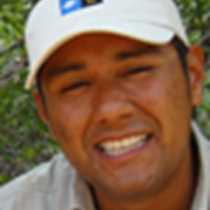Santa Cruz Island
The Galápagos Islands are an incredible place to observe many different changes on different ecosystems. Some respond accordingly to the presence of strange factors that alter their unique biodiversity in the world.
This morning we took time to explore the town of Puerto Ayora, a small village that is considered to be the largest on the four inhabited Islands. The first humans who arrived here decided to introduce many plants and animals required for their subsistence. They thought that this would not affect the Galápagos in the future.
The Galápagos National Park is slowly restoring the original ecosystems since they were altered. Our guests have seen part of this great effort as they have explored some of our visitor sites in the past few days along the trails.
Some huge land tortoises are the greatest examples, after decades of intensive reproduction in captivity. Islands like Espanola have had more than 2000 individuals reintroduced to their homes and are slowly increasing their numbers; hopefully one day they won’t need our assistance anymore.
After this visit to the village we moved to a beautiful restaurant in the highlands. Anita Salcedo welcomed us with joy once again; she offered a great lunch as the compensation after some hours walking through town.
After a couple of hours we visited the gemelos at the highest point in our expedition: nearly 579 meters of elevation. The flora around is typical, like some of the three finches that feed on most of the roots and flowers here.
The Primicias farm was our next destination, where tortoises are frequently found with very little effort. This is possible thanks to the proximity to the boundaries of the National Park; tortoises constantly migrate from their nesting areas in the lowlands in search of food and water. It takes them a long time to come back and this is the time of the year that some have decided to return.
Our timing was perfect today.




